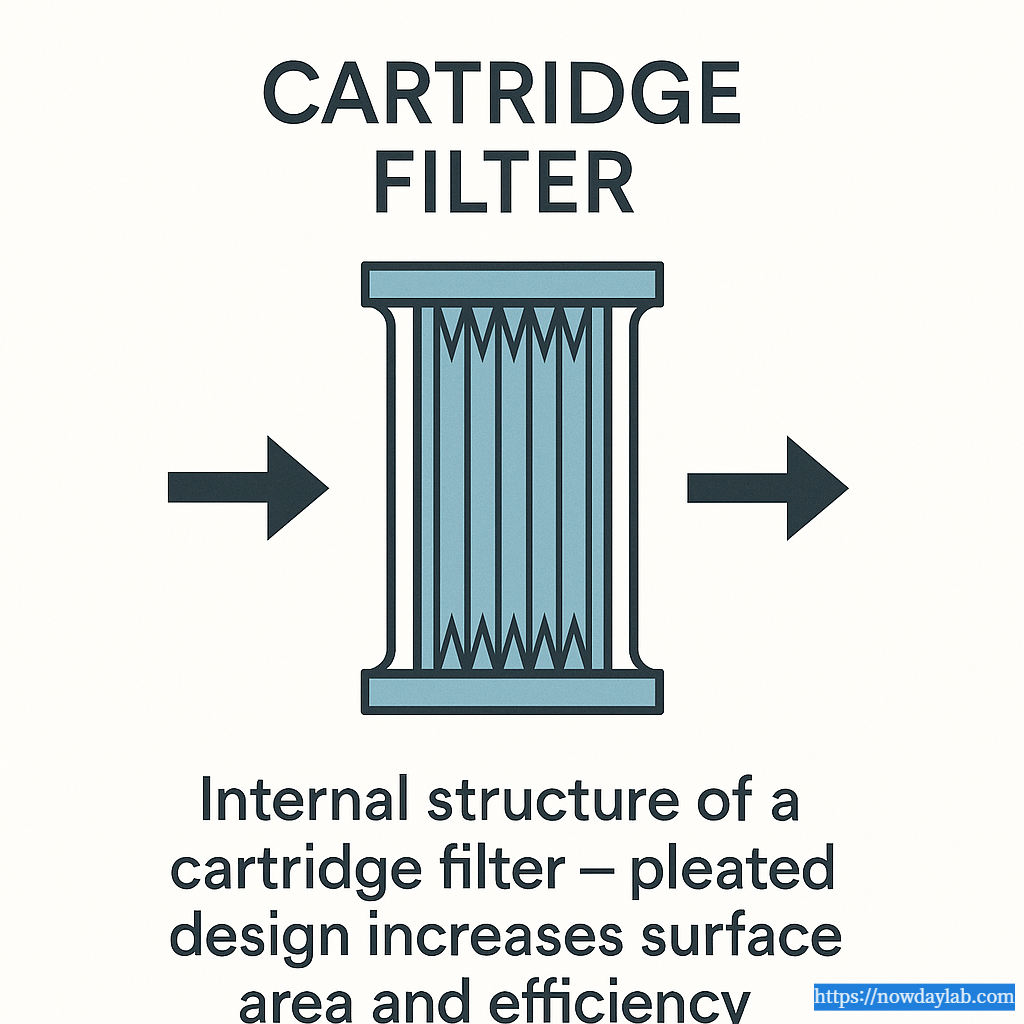Introduction
Industrial filtration is one of the most overlooked yet critical processes in manufacturing. Whether you are dealing with chemicals, semiconductor ultrapure water, or food processing, filtration determines the purity, efficiency, and lifespan of your equipment. Among various filter types, cartridge filters and bag filters are the most commonly used — but their designs, performance, and maintenance requirements differ significantly.
This post explains how industrial filters work, compares cartridge and bag filters, and helps you choose the right one for your application.

1. How Industrial Filtration Works
Industrial filters remove solid particles and contaminants from liquids or gases.
Filtration efficiency depends on pore size, media structure, and pressure differential.
In most industrial setups:
- The fluid enters under pressure.
- Contaminants are trapped on or within the filter media.
- The cleaned fluid exits through the outlet port.
- As particles accumulate, the pressure drop increases, indicating filter clogging.
This simple mechanism underlies both cartridge and bag-type filtration systems.
2. Cartridge Filters
Cartridge filters consist of cylindrical filter elements (usually made of polypropylene, PTFE, or PES) installed inside a filter housing. Each cartridge is designed for specific micron ratings — from 0.03 µm to 100 µm — depending on process requirements.

Advantages:
- High filtration accuracy (especially for sub-micron particles).
- Easy to replace and scale up (multi-round housings).
- Compatible with chemical processes and ultrapure water.
Typical Applications:
- Semiconductor chemical filtration
- Pharmaceutical water systems (WFI, PW)
- Fine chemicals, inks, and coatings
3. Bag Filters

Bag filters use a fabric bag (polyester, nylon, or PTFE felt) supported by a metal basket inside a housing. The liquid flows from the inside to the outside of the bag, trapping solids within.
Advantages:
- High flow capacity per unit cost
- Large dirt-holding volume
- Simple structure, easy to handle for bulk liquids
Typical Applications:
- Cooling water or wastewater treatment
- Paints, resins, and lubricants
- Food & beverage coarse filtration
4. Cartridge vs. Bag Filter – Key Differences
| Feature | Cartridge Filter | Bag Filter |
| Filtration Precision | Up to 0.03 µm | Usually >1 µm |
| Flow Rate per Unit | Lower | Higher |
| Maintenance | Easy replacement | Requires bag cleaning |
| Typical Material | PP, PTFE, PES | Nylon, Polyester |
| Installation Cost | Higher | Lower |
| Best For | Precision filtration | High-volume liquids |
In summary:
Use cartridge filters when precision and cleanliness are critical.
Use bag filters when you need high flow and cost efficiency.
5. Choosing the Right System
When selecting your industrial filtration system, consider:
- Fluid type: Is it corrosive, viscous, or particle-heavy?
- Operating temperature & pressure: Can your media and housing withstand the conditions?
- Change-out frequency: Will maintenance be frequent or occasional?
- Cost vs. efficiency: Cartridge = accuracy; Bag = throughput.
For example, semiconductor chemical processes use 0.1 µm-rated PTFE cartridges, while paint plants rely on 50 µm polyester bag filters for large debris removal.
Conclusion

Both cartridge and bag filters play essential roles in industrial operations.
Cartridge filters dominate precision applications such as semiconductors and pharmaceuticals, while bag filters serve bulk-flow industries like petrochemicals and coatings.
Understanding the trade-offs between precision, flow, and maintenance helps engineers design efficient, long-lasting systems — reducing downtime and operational cost.